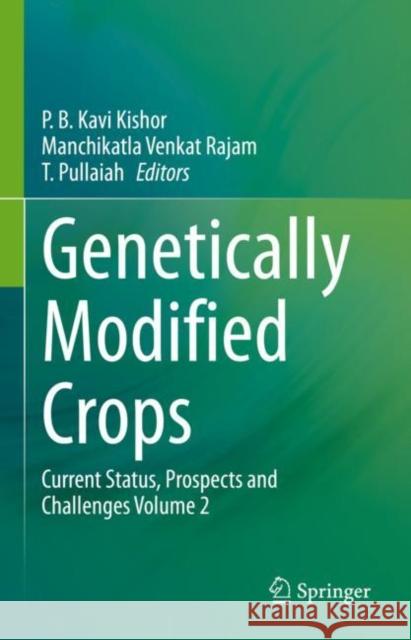Genetically Modified Crops: Current Status, Prospects and Challenges Volume 2 » książka
topmenu
Genetically Modified Crops: Current Status, Prospects and Challenges Volume 2
ISBN-13: 9789811559310 / Angielski / Twarda / 2020 / 337 str.
Genetically Modified Crops: Current Status, Prospects and Challenges Volume 2
ISBN-13: 9789811559310 / Angielski / Twarda / 2020 / 337 str.
cena 805,10
(netto: 766,76 VAT: 5%)
Najniższa cena z 30 dni: 771,08
(netto: 766,76 VAT: 5%)
Najniższa cena z 30 dni: 771,08
Termin realizacji zamówienia:
ok. 22 dni roboczych.
ok. 22 dni roboczych.
Darmowa dostawa!
Kategorie:
Kategorie BISAC:
Wydawca:
Springer
Język:
Angielski
ISBN-13:
9789811559310
Rok wydania:
2020
Wydanie:
2021
Ilość stron:
337
Waga:
0.59 kg
Wymiary:
23.88 x 16.43 x 1.8
Oprawa:
Twarda
Wolumenów:
01











